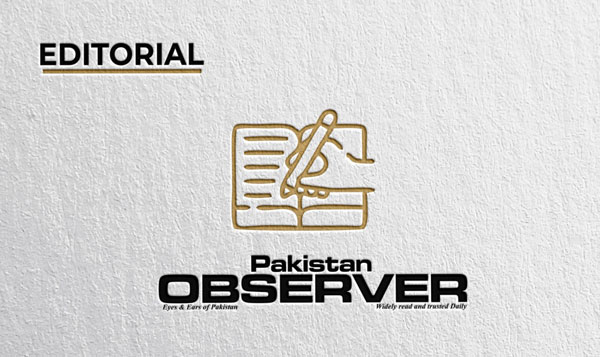ACCORDING to the Federal Education Secretary, the actual literacy rate in the country stood at 59.3% as against 62.8% as reflected in the latest Economic Survey. He was of the view that the figures given in the Survey were based on projections and the actual rate has been determined after availability of relevant data in the population census. It is also a matter of concern that various survey reports on quality of education present a dismal picture as a substantial number of fifth graders were either unable to read a sentence in English or Urdu.
The actual literacy rate should serve as a wakeup call for our policy and decision-makers as the country stood at the lowest as far as literacy in South Asia is concerned. Despite tall claims made by successive governments of the past, there is no significant increase in the literacy rate in Pakistan whereas Maldives stands at the top with 99.3%, Sri Lanka 92.6%, India 74.4%, Bangladesh 73.9%, Bhutan 64.4%, Nepal 64.7 and Afghanistan 38.2%. This is the logical result of the low expenditure on education, which was estimated at just 1.7% by the Economic Survey for 2022-23, much less than the 4% target repeatedly set by our planners, confirming we pay only lip service to the cause of education in the country. Pakistan had the highest number of out-of-school children in the world, with over 23 million children not attending schools. It is stated that due to poverty, lack of facilities and social concerns, many children, particularly those from low-income households, are unable to attend schools.
The situation is likely to deteriorate further as hundreds of thousands of families have fallen below the poverty line due to skyrocketing inflation and they might not find it possible to send their children to schools. It is also unfortunate that provincial governments, which are receiving enhanced allocations from the federal divisible pool, are not allocating necessary resources for education. We have spent billions on so-called adult education, with little or no benefit to the society but are unable to provide required funding for new educational institutions and improvement of quality of education. Experts say polarization and non-unified education system has resulted into outraged political turmoil, deadly terrorism, incessant sectarian violence, social disruption, economic instability and degeneration of government system. Whether it is poverty, non-availability of jobs, security uncertainty, sectarianism or terrorism, lack of tolerance, lack of general awareness, illiteracy, all are off shoots of the poor, inefficient and ineffective education system. We announced a number of education policies but the state of affairs remains poor due to lack of necessary financial resources and proper planning. It is high time, we revise our policies and concentrate on education as this can help make a real difference.










